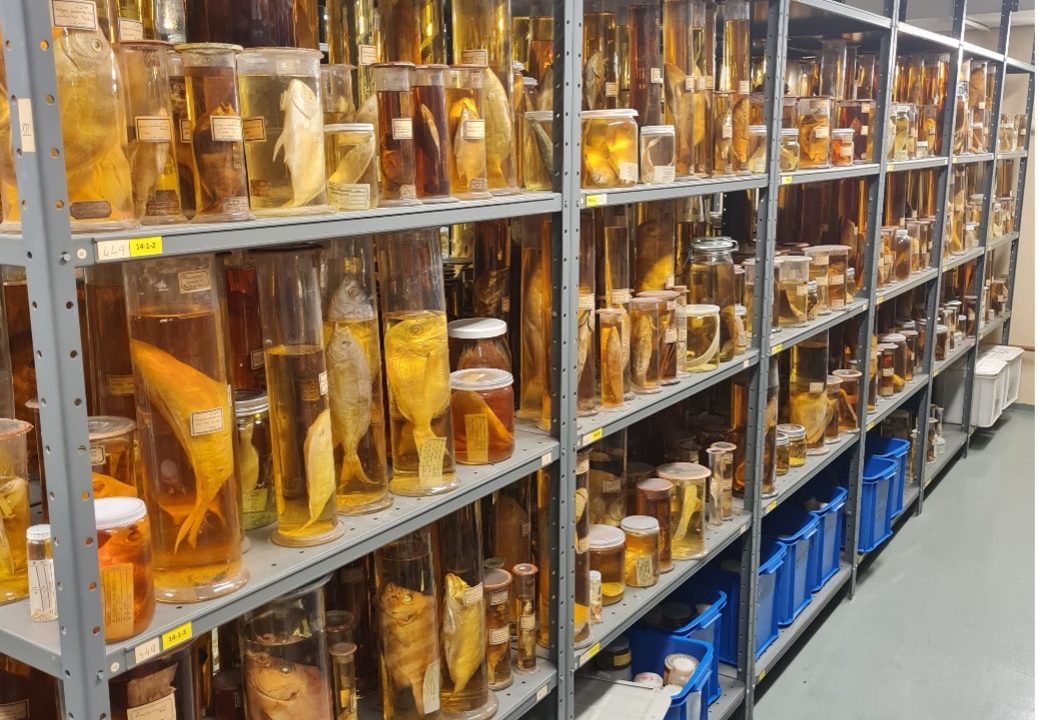The recnt years have seen a hand over fist development of artificial intelligence (AI) applications, and such applications affect the daily life of scientists at an increasing pace, and the ongoing development may in the near future also modify our understanding of science in general.
For biologist an understanding of biodiversity including the identification of species – the central units of biological research – is crucial, and one may ask to what extent taxonomy may be affected by AI. Earlier this year the CEG group took up the issue in a seminar and discussed the 2024 paper by Karbstein et al. entitled ‘Species delimitation 4.0: integrative taxonomy meets artificial intelligence‘ published in the prestigious journal Trends in Ecology and Evolution.
The authors’ initial statement is that many species have traditionally been described solely based on morphology and only from one or few regions. Accordingly, previously described species may be ill-founded entities. However, the field of taxonomy has developed along with the available tools for species descriptions. Today, integrative taxonomy making use of morphology as well as ecological and genetic characteristics is the standard. Karbstein et al. characterize the development of the field in a pretty popular way by refering to different ‘versions’ as one would do with software tools. Taxonomy (species delimitation) 1.0 is for them the application of only morphology that through the inclusion of ecological and genetic information evolved into species delimitation 2.0. This is usually referred to as integrative taxonomy. At this stage genetic information has been relatively limited and only few genetic markers have been considered. Species delimitation 3.0 is then characterized by making use of genomic data after high-throughput sequencing methods became more popular in recent years.
Now, the authors see a new development through the use of machine-learning approaches and AI applications for species delimitation with the main advantage of less subjectivity in species descriptions. No doubt, in the era of big data, machine learning offers valuable tools for handling the ever increasing amount of information. However, Karbstein et al. also point at another important issue, namely the ‘taxonomic impediment‘, and here in particular the shortage of trained taxonomists and curators of scientific collections that are expected to provide the information information to manage biodiversity.
In particular this last point was intensely discussed in our CEG group seminar. It was an overall agreement that while it is certainly useful to apply advanced technology including AI and machine learning in species delimitation, it is the taxonomic experts that provide the basic foundation of taxonomy.
Reference:
Karbstein et al. 2024. Species delimitation 4.0: integrative taxonomy meets artificial intelligence. TREE 39: 771 – 784. The article was published open access and is freely available at https://doi.org/10.1016/j.tree.2023.11.002
![]()
